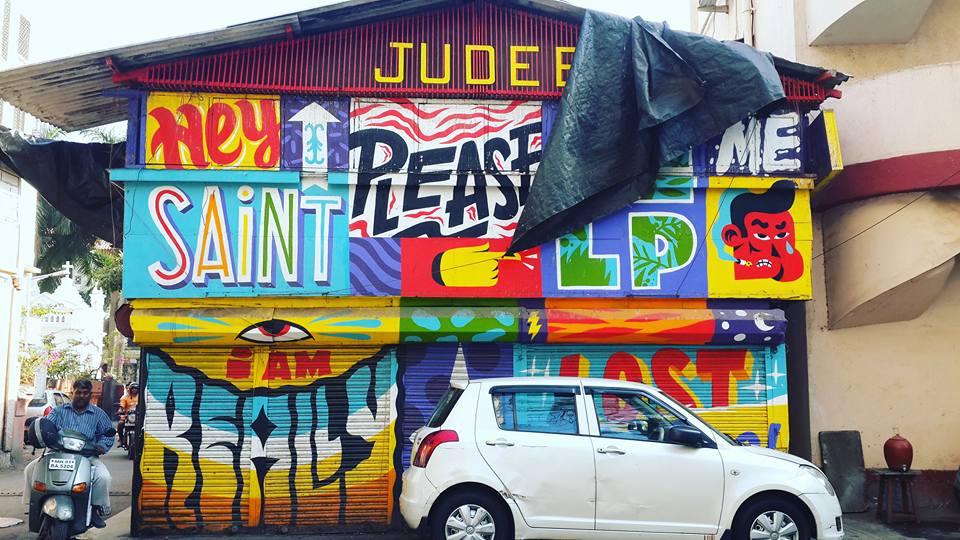While firms in the FMCG and auto sectors have done well, certain power, steel and telecom companies – where access to natural resources and political connections are crucial to success – have performed horribly.

Companies in sectors that depended on natural resources and were afflicted by crony capitalism are threatening India’s economic growth now. Credit: Reuters
Mumbai: Despite benchmark stock market indices touching new highs in recent years, some of India’s large corporates have seen a precipitous drop in their share prices.
The reason? While it’s difficult to say exactly, the most poor-performing stocks are conglomerates and companies operating in sectors such as power, steel, telecom and real estate, where access to natural resources and political connections are crucial to success.
Companies such as Adani Power, Reliance Power, Reliance Communications, Lanco Infratech and Jindal Steel and Power have seen their stocks plummet from their dizzying heights in 2010.
It is the same case with Bhushan Steel, GVK Power Infrastructure, Tata Power and Tata Steel.
Even shares of Reliance Industries was languishing until investors warmed up to its telecom juggernaut Jio.
Then there are companies like Essar Steel which have delisted from stock exchanges or Monnet Ispat that still remain unlisted. It is not possible to ascertain how far their valuations have dipped since 2010.
Table 1: Are politically-sensitive companies wealth destroyers?
| Companies |
Share price in 2010 (Rs) |
Share price in 2017 (Rs) |
% Fall |
| Adani Power |
116 |
33 |
71 |
| JSPL |
717 |
153.8 |
78 |
| Lanco infratech |
56 |
1.21 |
97 |
| Rel Comm |
176 |
26 |
85 |
| Rel Power |
156 |
42 |
73 |
| Bhushan Steel |
358 |
72 |
79 |
| GVK Power and Infra |
45 |
12 |
73 |
| Tata Steel |
679 |
567 |
16 |
| Tata Power |
132 |
81 |
38 |
| DLF |
392 |
193 |
50 |
Source: BSE. 2010 prices are for April 5 while 2017 quotes are for July 31 except in cases where trading data are not available
However, these companies have reported huge losses in recent years and remain saddled with unrepayable loans, forcing lenders to drag them to bankruptcy courts. Only when interim resolution professionals (IRPs) appointed by the National Company Law Tribunal submit their reports will we gain a greater understanding of those firms’ financial health.
In contrast, companies operating in sectors such as FMCG and auto, where success is decided more by product quality and marketing strategies (and not so much by access to natural resources and political connections) have done fantastically at the bourses, with their share prices increasing manifold since 2010.
Politically well-connected companies, however, have seen meltdown at the stock exchanges. For example, the closing price of Adani Power’s share was Rs 111.94 on April 5, 2010 but it had lost 71% per cent of its valuation by the end of July this year and was trading at Rs 33.45.
Reliance Power’s stock price has plunged from Rs 156.85 on April 5, 2010 to Rs 42.48 on July 3, 2017 at the BSE – a staggering fall of 73% in value – as per available data.
Reliance Communications’ shares have taken even a bigger hit. Rel Comm share were at a high of Rs 176.32 at the BSE on April 5, 2010, but it traded at a low price of Rs 26.25 on July 31 this year, registering a precipitous fall of 85%.
Lanco Infratech lost almost all its stock value during this period. Its share was trading at Rs 56 on April 5, 2010, but had tanked to Rs 1.21 on July 31, 2017. Jindal Steel and Power’s share plummeted by 78% during this period.
The closing price of JSPL stocks at the BSE on April 5, 2010, was Rs 717.59 but had crashed to Rs 153.8 on July 31 this year.
GVK Power and Infrastructure too saw its share price fall by 71%. GVK’s stock had closed at Rs 45.31 at the BSE on April 5, 2010, but sunk to the low level of Rs 12.83 on July 31 this year.
The big daddy of real estate, DLF, saw its share price halve during this period, falling from Rs 392.7 in 2010 to Rs 193.4 in 2017.
Tata Steel saw its share price decline from Rs 679.33 to Rs 567.55, a loss of 16.4%. Tata Power’s share price has fallen by 38% from its 2010 levels.
Investor-happy sectors
However, investors in the FMCG and auto sectors are likely to be much more satisfied, with the fortunes of these companies soaring in tandem with market indices.
For example, Britannia Industries’ share price has jumped ten-fold over the last seven years. The closing price of Britannia’s stock was Rs 327 on April 5, 2010, but rose to reach Rs 3,921.85 on July 31 this year.
Table 2: Wealth creators
| Companies |
Share price in 2010 (Rs) |
Share price in 2017 (Rs) |
%Increase |
| Britannia Industries |
327 |
3,921 |
1099 |
| Colgate-Palmolive |
349 |
1,079 |
209 |
| Dabur India |
84 |
310 |
269 |
| Godrej Industries |
159 |
662 |
316 |
| HUL |
225 |
1,153 |
412 |
| ITC |
89 |
285 |
220 |
| Maruti Suzuki |
1387 |
7,707 |
455 |
| Cadila Healthcare |
113 |
542 |
379 |
| Lupin |
324 |
1,112 |
243 |
Source: BSE. 2010 prices are for April 5 while those of 2017 for July 31
Colgate-Palmolive’s share price has more trebled to Rs 1,079 from its 2010 levels. Dabur India has also seen more than three-fold rise in its stock price since 2010. Godrej Industries’ stock price has risen from Rs 159.50 in 2010 to Rs 662.65 in 2017, a four-fold increase.
HUL has seen a five-fold jump in its stock price since 2010. ITC’s share price has quadrupled during this period.India’s largest car-maker Maruti Suzuki has seen more than five-fold increase in its share price in this period. The closing price of Maruti Suzuki on April 5, 2010, was Rs 1,387.31 but had risen to Rs 7,707.95 on July 31 this year.
Resource auctions
This comparison is important because companies in steel, power and telecom sectors not only bagged India’s valuable resources at dirt cheap prices but also got huge amounts of loans sanctioned against these resources from state-owned banks. Little wonder, these companies top the list of 12 large defaulters identified by the Reserve Bank for initiation of bankruptcy proceedings by banks on a priority basis.
Adani Group’s debt has risen to the staggering level of Rs 72,000 crore. Group companies like Adani Power, Adani Harbour Services and Adani Petronet (Dahej) Port are already facing bankruptcy proceedings in Ahmedabad bench of the NCLT.
Rating agency Crisil recently classified Adani Power’s Rs 6,559 crore loan facility rating as “non-cooperative”, which means investors, lenders and all other market participants should exercise caution while using the rating. Such ratings are issued when company management hides critical information.
Table 3: Big loan defaulters
| Companies |
Loan amounts (Rs crore) |
| Adani Group |
72,000* |
| Essar Steel |
45,000 |
| Rel Comm |
45,000 |
| Lanco Infratech |
45,436 |
| Bhushan Steel |
44,885 |
| Bhushan Power |
37,000 |
| Monnet Ispat |
12,737 |
| Electrosteel Steels |
11,304 |
Source: Industry. *Total loan is Rs 72,000 crore. Some group companies are already in NCLT but disaggregated loan data are not available
Burdened with loans that are increasingly looking un-repayable, these companies have emerged as the biggest hurdles to the government’s drive to clean up banks’ balance sheets, constraining lenders from stepping up credit off-take which is crucial for putting the economy back on the high-growth trajectory.
Investors have already lost their money. Now there is a fear that if these companies finally go into liquidation as a result of the insolvency proceedings, many jobs could be lost in the process and lenders might have to take big haircuts. If this does indeed come true, it will add more gloom to India’s economic scenario and hit investors’ and consumers’ sentiment.
The moral of the story? In the Indian market economy context, politically-connected sectors will almost certainly struggle to create long-term value for investors. Banks, both public and private sector, should lend to them only at their own cost.
A closely-connected inference is that India’s political class needs to understand by favouring companies, they are mis-allocating the country’s scarce natural and financial resources and in the process creating bubbles that would burst sooner or later.








